Join The Club – Iconic Music Clubs in the US and UK
There is something to be said for a particular room – or theatre or space – which offers a certain feeling that can never really be succinctly recreated.
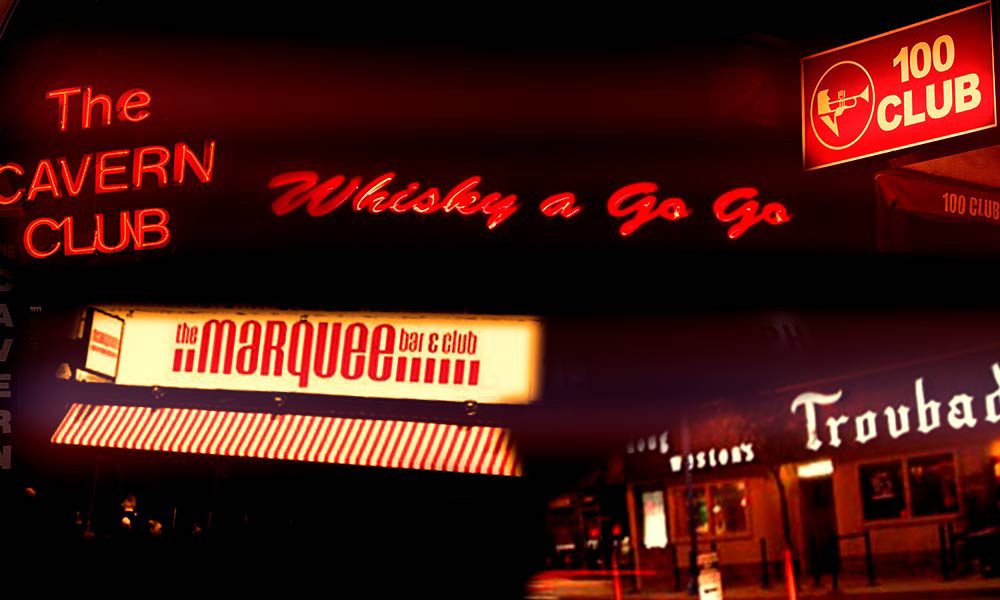
There is something to be said for a particular room – or theatre or space – which offers a certain feeling that can never really be succinctly recreated. In an interview with the fictional punk-rock band ‘The Ain’t Rights’ in the film Green Room, they say that when a band plays in a room once it’s over, it’s over. That feeling can’t be continued forever. While that may be a fictitious quote from a non-existent band, this is the exactly what makes these venues great. Some phenomenal live albums have been recorded in some of these music clubs and historical photos have been snapped.
Crocodile Café
Footage from Nirvana concerts at the Crocodile Cafe in Seattle, (their local city at the time) comes to mind. The venue has also been host to Pearl Jam, Beastie Boys and Sleater-Kinney and numerous other bands you’d go red at the cheeks for.
The history of the venue truly transcends most clubs – which, for the sake of argument – isn’t Fabric (RIP). It’s a floor and a stage. Imagine watching Nirvana play to a few hundred people or less; you really could say you were there when it was happening. And Crocodile Café saw it all. The Rockfords (featuring members of Goodness and Pearl Jam) recorded their live album in 2003, while Kula Shaker, Stormy and Screaming Females are all booked to perform there before the end of the year.
The Troubadour
Pre-grunge, Hollywood venues were the thing. Take the three-hour jam session with Led Zeppelin and Fairport Convention on 4 September 1970 at , The Troubadour, which is also where a young Tom Waits got himself a record deal following an amateur night at the venue. It’s also the place where Florence + The Machine, Alabama Shakes and Odd Future played their earliest shows in LA; indeed the spirit of the up-and-coming newbie is still alive there.
Whisky a Go Go
A little further along Sunset Strip, the all-ages Whisky A Go Go is another integral venue for rock, and remains a hot spot for shows today. So much so that they’ve just announced their own TV channel, streaming performances. At a capacity of 500, this is one of the cosiest venues to watch some of the biggest bands in the world. Metallica, The Beach Boys, Steppenwolf and The Doors are among the names who have appeared here. Guns ‘N’ Roses and Mötley Crüe were also regulars at the Whisky A Go Go, before becoming stadium acts.
Roxy Theatre
The third in a trio of Sunset Strip venues is The Roxy Theatre. Performances by Sex Pistols (1977), The Clash (1980), and then a later generation of rockers with Incubus and then Kings Of Leon have been inside these four walls. Brian Wilson of The Beach Boys recorded his debut solo album here, while Pete Yorn also made his 2001 live album here. The venue saw Frank Zappa, Genesis, New York Dolls and most notably Bob Marley & The Wailers; whose ‘Live At The Roxy’ double-disc album (featuring an epic final run of tracks – ‘Get Up, Stand Up’, ‘No More Trouble’ and closing with ‘War’) was recorded here.
The Marquee
Across the Atlantic, The Marquee in London’s Soho was a serious hot spot for rock acts, established or not. Despite a change in whereabouts since its opening in 1958, the venue has seen some acts establish their reputations here. The Rolling Stones, Jethro Tull and Pink Floyd all performed here among an arsenal of internationally known artists – including Status Quo, who filmed their video for ‘Paper Plane’ here, while Guns N’ Roses used the club for their UK debut.
Middle Earth
After The UFO Club (which was shut down by police and the imprisonment of its founder John Hopkins) came a venue that bred a similarly tasteful psychedelia – Middle Earth. John Peel DJ’d at the club on Saturday nights, while Pink Floyd and The Who frequented the stage at 43 Kings Street in Covent Garden, at the time, was a grimy dystopia, making it perfect for a weirdos’ rock club.
The 100 Club
Not far away, on the forever-busy Oxford Street, where the Marquee first opened before it moved to Soho, modestly lies another one of London’s infamous venues – The 100 Club. In the heady ‘70s during the massive wave of punk, The Damned and The Stranglers played there, before the Sex Pistols recorded their live album at the club. Still standing, the club survived a near shut-down in 2010 before musicians including Paul McCartney took part in a campaign to keep it open.
The Cavern
Most known for being the cultural birthplace of The Beatles, The Cavern in Liverpool started off as a jazz and skiffle club before adhering to the spirit of rock ’n’ roll. The place became a milestone for bands hoping to follow in The Beatles’ footsteps, but that was never to be done. The venue, albeit slightly moved, is still visited by Beatles fans worldwide.
CBGB
Home to The Ramones, New York’s CBGB began as a blues club before the new wave of rock and punk washed away anything clean left in the building. Influential artists like Television, Patti Smith, Talking Heads and Blondie performed there. And from the 1980s, hardcore-punk found its breeding ground there – becoming an East Coast mirror of what was happening in California punk at the time.
924 Gilman Street
Green Day were regulars at the legendary 924 Gilman Street in Berkeley in the 1980’s, before being banned for signing to major label Reprise Records for the release of 1994’s Dookie. Before they became international stadium-fillers, the trio started out there around the time of AFI, who became a face of gothic punk and also went on to gain critical success. The collective all-ages, volunteer run venue tolerated no racism, sexism or homophobia and was one of the most-traveled to venues of the Bay Area.
Follow our Rock Icons playlist to hear more classic rock anthems from the 60s, 70s, 80s & 90s.


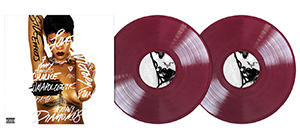
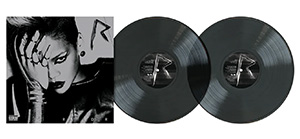
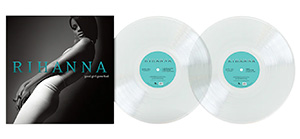



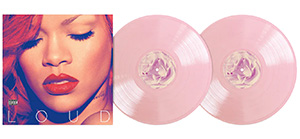
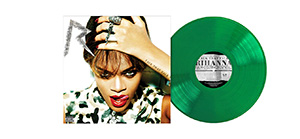
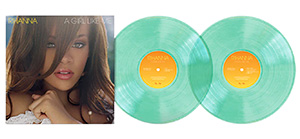
David white
September 20, 2016 at 6:11 am
Also, early sixties London had the ‘scene’ham yard, high numbers small faces, flamingo, ward our street, Georgia fame, Chris Farlow, many ‘scratch bands’ with stand ins , Richie Blackmore, hilly page,
La Discoteque ward our street ‘Neil Christian ‘
Once again Jimmy page. Roaring twenties , car any street ‘blue beat’ so many…..
uDiscover
September 20, 2016 at 8:52 am
David, we agree and think we will do something on the London 60s club scene, could be fascinating
Jeremy Sloan
November 17, 2016 at 3:49 pm
Other small venues in London well worth mentioning are the Underworld (Camden), Ronnie Scotts (Jazz) and Jazz Cafe (Jazz + fusion). Further afield A great venue in Hull is the Wellington Club and also the O2 Academy in Oxford, formerly The Zodiac, in Manchester The Adademy and dozens of others !
Debbie Davis
September 23, 2017 at 6:18 pm
Also, check into The Blue Moon , a club in Cheltenham, England , owned by the brothers who owned the Marquee. Many of the artists who played at the Marquee played there in 1965/1967. I saw Cream, Small Faces, Winwood, Long John Baldry, Leo Dorsey, Geno Washington, Jimi Hendrix and many more play there. There has recently been a program on BBC Gloucestershire and a group is writing a book about The Blue Moon. There is a group on Facebook called The Blue Moon Cheltenham teens and twenty. So many artists who are now internationally famous played there. I was lucky to be an observer and member of the audience!
Edwin Meadows
September 24, 2018 at 2:12 am
surely the journalist should know that the Troubadour isn’t on the strip
Alex Koch
October 15, 2018 at 9:09 am
9:30 club in DC!